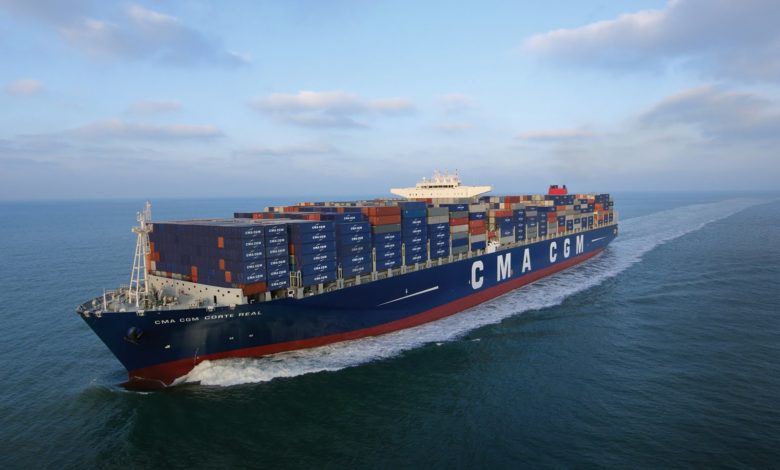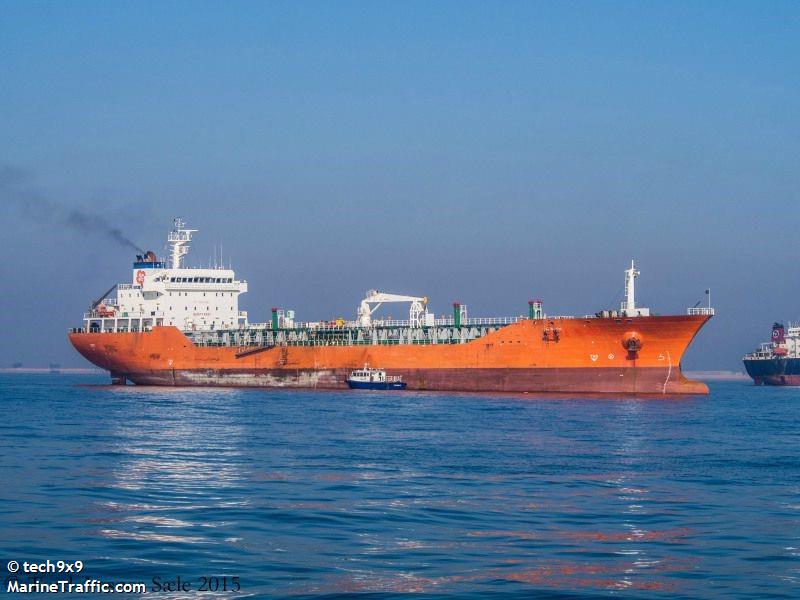China’s letter of serious intent

The letter of intent signed between state-backed CSSC and France’s CMA CGM for record-breaking 22,000 teu ships can be seen as just that – a letter of serious intent: Beijing’s renewed attempt to assume mastery of global shipbuilding whatever the price.
Just CSSC and South Korea’s Hyundai Heavy Industries (HHI) were in the final reckoning for this mammoth order.
The scale with which HHI was eventually undercut will have shocked all Korean yards, much like Japanese shipbuilders were elbowed out price-wise by the Koreans around the turn of the century.
The reported price differential between China and HHI for these ships is enormous — $160m per unit versus $175m. Normally, the absolute maximum a Chinese tender will undercut a Korean is 5%. These 22,000 teu ships were deemed too precious to miss by the Chinese authorities however.
China was offering slot costs of just $7,273 compared to HHI’s $7,995. Then there was also the very attractive financing on offer from China’s Exim that would have helped in the CMA CGM decision process.
By comparison, the OOCL Hong Kong and its sister ships – the largest boxships afloat today, ordered two years back and now delivering from Samsung Heavy Industries – work out at $7,394 per slot, but bare in mind these OOCL ships do not feature dual fuel engines like the CMA CGM ones will do.
Keeping Chinese orderbooks propped up is vital for Beijing. For HHI, meanwhile, missing out on this big contract is a hammer blow; top management at the yard is now trying to get 5,000 of its workers to agree to take unpaid leave from next month.
The sensationally low prices on offer will no doubt entice other liners to place orders, something the industry really does not need right now.
“The slot costs are really cheap,” Splash columnist Tobias Koenig tells me, adding: “But this is really bad for the industry. The carriers will continue to order new tonnage and that will keep the market at very low levels with no chance for a recovery.”
Once again the politics of global shipbuilding are skewing shipping market fundamentals.

 and its sister ships – the largest boxships afloat today, ordered two years back and now delivering from Samsung Heavy Industries – work out at $7,394 per slot, but bare in mind these OOCL ships do not feature dual fuel engines like the CMA CGM ones will do.
and its sister ships – the largest boxships afloat today, ordered two years back and now delivering from Samsung Heavy Industries – work out at $7,394 per slot, but bare in mind these OOCL ships do not feature dual fuel engines like the CMA CGM ones will do.
Adam Smith said that other countries should just say thank you when a country, in his view, misallocates resources to help domestic industry. Modern trade regulation is on the lookout for hidden subsidies which are called “dumping”. Hard to say which side is right.
These new ships will have less than 3% more capacity than the OOLC ships, which says that China is buying into a world record for the sake of having a world record. This is generally a bad decision.
I fail to see how shipbuilding politics skew the fundamentals of the shipping market.
CMA was in the market for a block of 9 vessels and the Chinese yards were cheaper, whatever the reason. CMA is not building because they came cheap, but because this is their business and strategic planning. They just chose the cheapest builder.
I think that irrational business strategies and cheap funds are to blame for skewed market fundamentals, unless you define these as the allocation of shipbuilding work across countries. in that case blaming the Chinese for doing to the Koreans something that the Koreans have been doing to Europeans, is a bit far fetched.